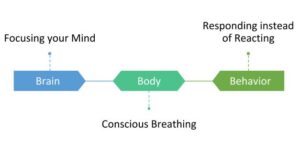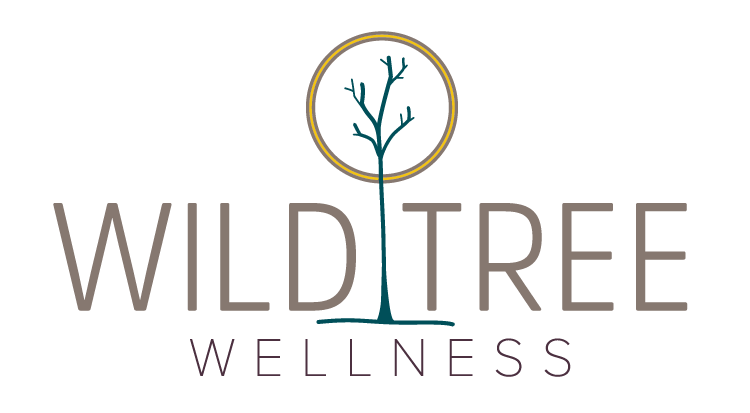Practicing Mindfulness
Mindfulness is all the rage right now, and rightly so—because so many of us are in survival mode as we deal with the pandemic and lifestyle changes that we never saw coming, and the antidote to survival mode is mindfulness!
Mindfulness is the practice of being in a state of nonjudgmental awareness of the present moment, including awareness of what is happening with your own thoughts, feelings, and sensations. It’s paying attention to what is happening around and within you. Just this simple act, paying mindful attention, has been linked to improvements to physical health—reduced heart disease, lower blood pressure, reduction in chronic pain, alleviated gastrointestinal issues, improved memory and focus, and relieved stress. It also has numerous benefits for mental health and well-being: greater life satisfaction, improved capacity to handle adversity, less rumination and worry, better self-esteem, ability to savor positive experiences, and more satisfaction in relationships.
Mindfulness works on several levels: the brain, the body, and on how we react to things. At the brain level, practicing focus on the present moment creates stronger pathways for attention and focus, and gives your brain a task to do that interrupts your worried or negative thought patterns. On the body level, practicing relaxed and intentional breathing soothes the vagus nerve, which engages your parasympathetic nervous system to calm your whole body and allow for rest and relaxation. And both the brain and body parts of mindfulness create greater ability to respond to things from a calmer state, rather than reacting out of emotion or alarm.

If you’re sold and want to try a short mindfulness practice, adjust yourself to sit comfortably wherever you are, and start by noticing things around you using your five senses. What do you see? What lights, colors, textures are around you? Let your eyes rest on several things around you. What sounds do you hear? Allow yourself to hear any loud or subtle noises. Do you smell anything? What does the air feel like on your skin? What do you taste, if anything?
Then turn your attention to your breathing. Notice your inhales and exhales. Relax any judgments you have about how you are feeling or what your breathing is like, and just allow it to be. Rest a hand on your chest and feel the weight of it. Notice what happens when you breathe in and out with your hand there. Sit in this state of gentle awareness for as long as you’d like. You are practicing mindfulness!
Engaging in a practice like this daily can move you toward some of the benefits above in your physical health as well as your mental health. The longer you practice, the more benefits you’ll experience and the easier it gets!
By: Jessie Everts, PhD, LMFT
Photo: Monstera from Pexels
